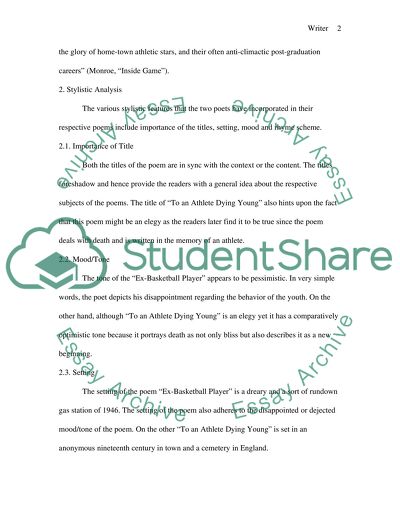Cite this document
(“Compare To an Athlete Dying Young and Ex-Basketball Player Term Paper - 1”, n.d.)
Compare To an Athlete Dying Young and Ex-Basketball Player Term Paper - 1. Retrieved from https://studentshare.org/english/1593052-compare-to-an-athlete-dying-young-and-ex-basketball-player
Compare To an Athlete Dying Young and Ex-Basketball Player Term Paper - 1. Retrieved from https://studentshare.org/english/1593052-compare-to-an-athlete-dying-young-and-ex-basketball-player
(Compare To an Athlete Dying Young and Ex-Basketball Player Term Paper - 1)
Compare To an Athlete Dying Young and Ex-Basketball Player Term Paper - 1. https://studentshare.org/english/1593052-compare-to-an-athlete-dying-young-and-ex-basketball-player.
Compare To an Athlete Dying Young and Ex-Basketball Player Term Paper - 1. https://studentshare.org/english/1593052-compare-to-an-athlete-dying-young-and-ex-basketball-player.
“Compare To an Athlete Dying Young and Ex-Basketball Player Term Paper - 1”, n.d. https://studentshare.org/english/1593052-compare-to-an-athlete-dying-young-and-ex-basketball-player.


